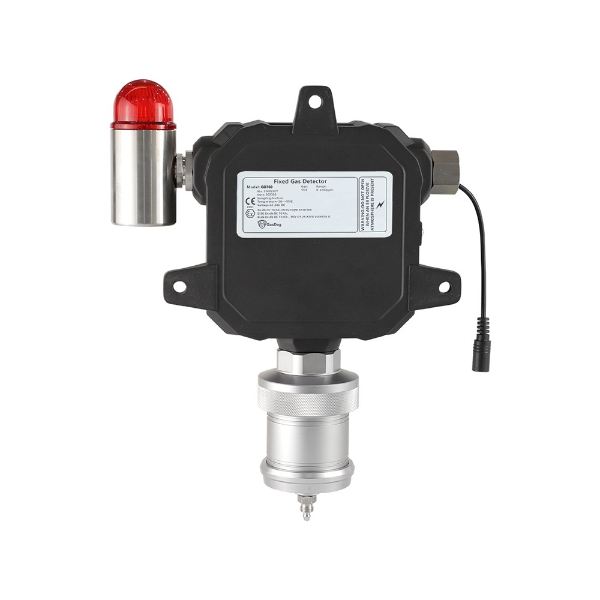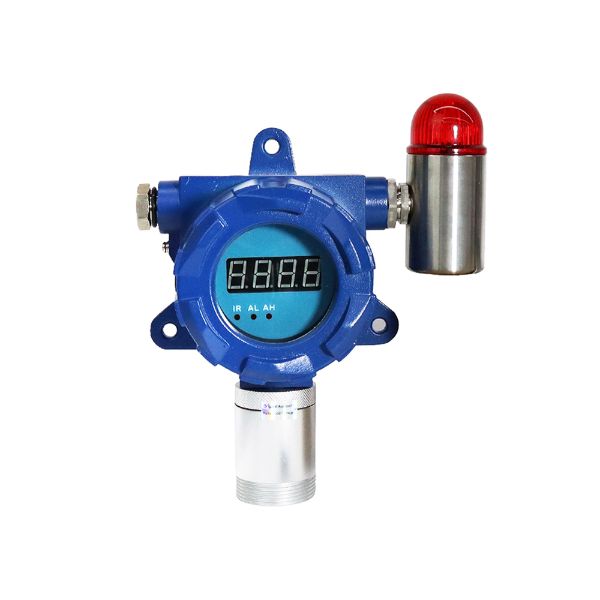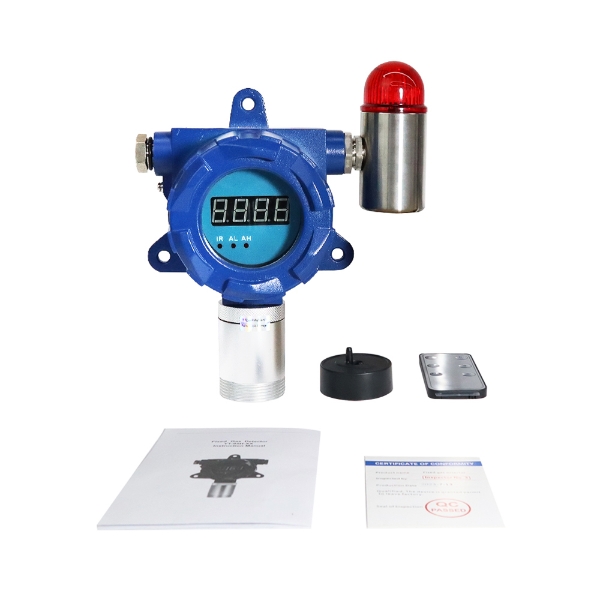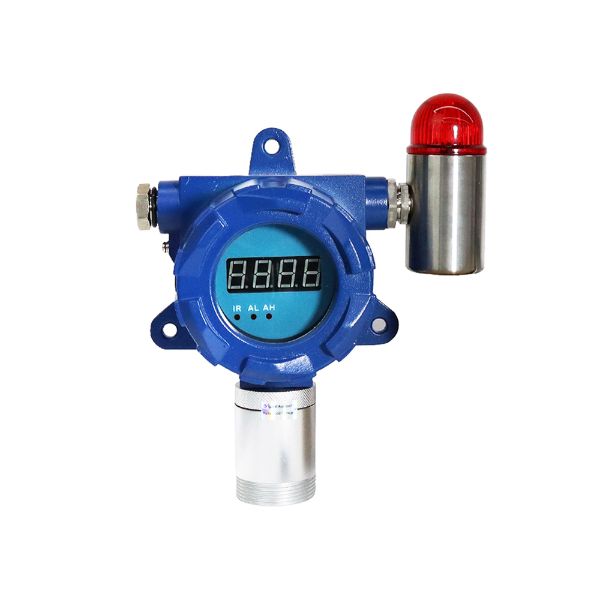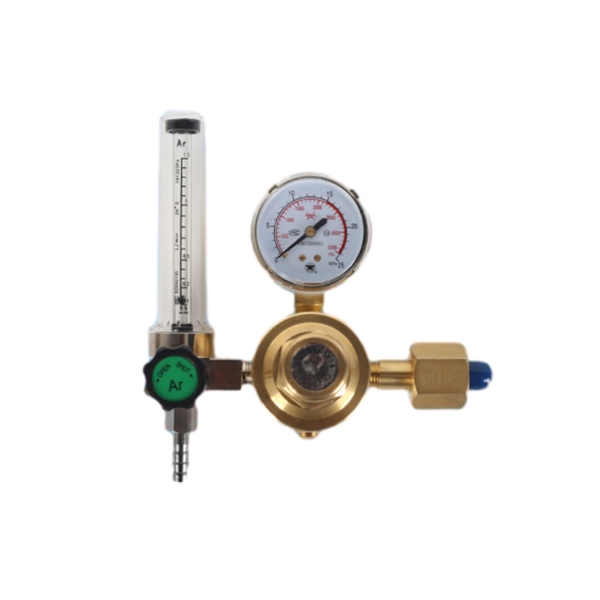-
You have no items in your shopping cart.
- Register
- Log in
- Wishlist
- Shopping cart
WRITE YOUR OWN REVIEW
EXISTING REVIEWS
Good gas detector for confined space
This fixed Ammonia gas detector can accurately detect NH3 in confined space. We mounted it on the wall to continually monitor NH3 gas to get an accurate reading of change in the same spot. The case is durable and the monitor works great.
Bruce
|
5/7/2024 9:15 AM
Was this review helpful?
(0/0)




